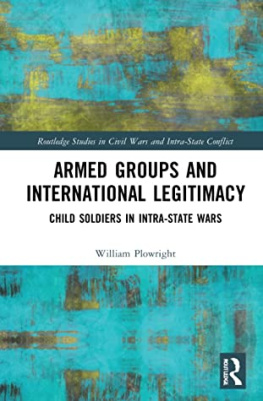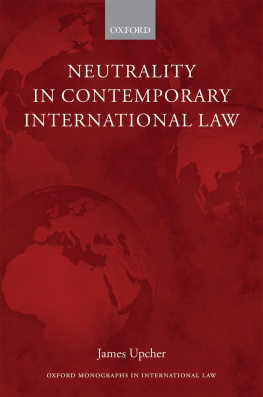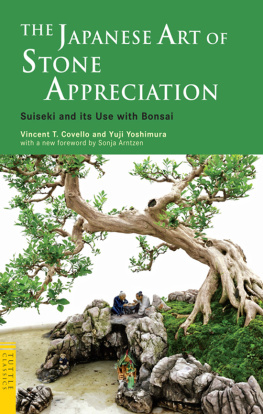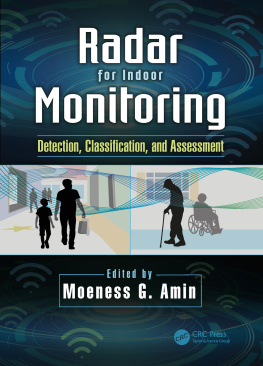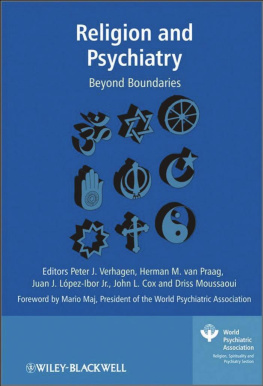
Great Clarendon Street, Oxford, OX2 6DP,
United Kingdom
Oxford University Press is a department of the University of Oxford.
It furthers the Universitys objective of excellence in research, scholarship,
and education by publishing worldwide. Oxford is a registered trade mark of
Oxford University Press in the UK and in certain other countries
The Royal Institute of International Affairs 2012
Chatham House, 10 St Jamess Square, London SW1Y 4LE
www.chathamhouse.org
Charity registration no: 208223
The moral rights of the author have been asserted
First Edition published in 2012
Impression: 1
All rights reserved. No part of this publication may be reproduced, stored in
a retrieval system, or transmitted, in any form or by any means, without the
prior permission in writing of Oxford University Press, or as expressly permitted
by law, by licence or under terms agreed with the appropriate reprographics
rights organization. Enquiries concerning reproduction outside the scope of the
above should be sent to the Rights Department, Oxford University Press, at the
address above
You must not circulate this work in any other form
and you must impose this same condition on any acquirer
Crown copyright material is reproduced under Class Licence
Number C01P0000148 with the permission of OPSI
and the Queens Printer for Scotland
British Library Cataloguing in Publication Data
Data available
Library of Congress Cataloging in Publication Data
Library of Congress Control Number: 2012938484
ISBN 9780199657759
Printed in Great Britain by
CPI Group (UK) Ltd, Croydon, CR0 4YY
Links to third party websites are provided by Oxford in good faith and
for information only. Oxford disclaims any responsibility for the materials
contained in any third party website referenced in this work.
Foreword
This is an important book. It brings an empirical discipline and normative rigour to the examination of an issue that has its roots deeply embedded in the structure of international humanitarian law, the differentiation between international armed conflicts and non-international armed conflicts and the distinction between these and other situations of armed violence. Common Article 2 of the 1949 Geneva Conventions provides that the Conventions shall apply to an armed conflict which may arise between two or more of the High Contracting Parties. Common Article 3 provides that [i]n the case of armed conflict not of an international character... each Party to the conflict shall be bound to apply, as a minimum, the following... . Together, these provisions established a framework for the application of the rules of the Conventions which is almost exclusively focused on traditional inter-state conflicts between two sovereigns across an international boundary. This framework was reinforced by the two Additional Protocols of 1977, with their explicit differentiation between international armed conflicts and non-international armed conflicts and the elaboration of detailed rules in respect of the former but a relative paucity of rules in respect of the latter.
From the perspective of a lawyer advising a government that gives weight to its legal obligations, the issue of classification may be important for many reasons. First, it is relevant to an appreciation of the legal framework applicable to conflicts in which the State is itself engaged. Second, it is the normative yardstick for the evaluation of the legality of the conduct of others, both in the case of conflicts in which the State is itself engaged and those in respect of which it is only an observer, but, as with the United Kingdom, an observer with an interest in wider issues of rule of law and of international peace and security. Third, it engages considerations of normative clarity, not simply across the two strands of international humanitarian law but also across international humanitarian law, international human rights law, international criminal law and any relevant and applicable domestic laws of the States involved in the conflict. Fourth, it goes to the optical credibility of the law in an area that is the subject of close public interest and comment. Is it really credible, for example, that the hostilities in Afghanistan, with upwards of 130,000 International Security Assistance Force (ISAF) troops from fifty States, is classified as a non-international armed conflict? Fifth, in the case of hostilities of a multiparty character, it goes to considerations of a common legal framework relevant to conduct that might be undertaken jointly, in cooperation or under common command. Sixth, it is relevant to considerations of the humanitarian imperative that is at the heart of the law. The law applicable to international armed conflicts is both clearer and more developed than the law applicable to non-international armed conflicts. The imperative is, or should be, to proceed by reference to the highest standards of conduct and protection. Seventh, questions of classification may be relevant to an appreciation of the status of the domestic authority of the State in whose territory the hostilities are taking place. Eighth, the classification of a conflict may have a bearing on the appreciation of issues in the context of litigation. Each of these elements may in turn have their own longer tail of further issues.
While issues of detention may be the part of international humanitarian law where the divide between the two strands of law is most sharply defined, the divergence, both qualitative and quantitative, goes much wider. Questions of combatant status and civilian immunity fall to be addressed differently depending on whether the conflict is of an international character or a non-international character. The law relating to fundamental rights and the treatment of persons in the custody of a party is considerably more developed in the Geneva Conventions and Additional Protocol I than it is in Common Article 3 and Additional Protocol II. Questions of accountability, including the repression of breaches and grave breaches, are addressed more fully, and with greater clarity and precision, in the law relating to international armed conflict than they are in the law relating to non-international armed conflict. The list goes on.



